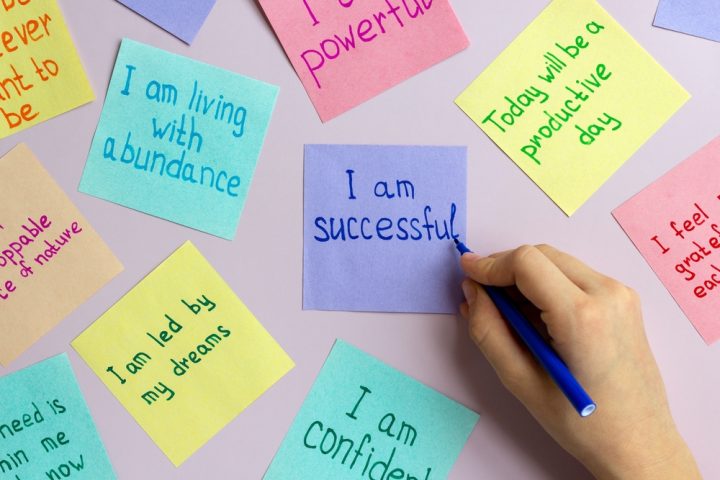Conflict is an inevitable part of human interaction. Whether in personal relationships, workplaces, or communities, disagreements can arise. However, conflict isn’t inherently negative. Handled correctly, it can lead to growth, understanding, and stronger bonds. Here are 11 strategies to guide you through effective conflict resolution:
- Active Listening:
Ensure that you truly listen to the other party without interrupting. By understanding their viewpoint, you are better equipped to address the core issues.
- Stay Calm:
Approaching the situation with a calm demeanor helps prevent escalation. Take deep breaths, maintain an even tone, and avoid aggressive body language.
- Use “I” Statements:
Rather than saying, “You always…”, try, “I feel… when…”. This reduces defensiveness and focuses on your feelings instead of placing blame.
- Avoid Absolutes:
Words like “always” or “never” can be provocative. They often exaggerate the situation, making resolution more challenging.
- Seek a Neutral Setting:
Sometimes, changing the environment can help diffuse tension. Opt for a neutral location to discuss sensitive topics.
- Agree to Disagree:
Recognize that it’s okay not to agree on everything. Sometimes, finding common ground or a middle path is more productive than seeking complete agreement.
- Address Issues Head-On:
Avoiding conflict can lead to bigger problems down the road. It’s better to address disagreements promptly before they escalate.
- Seek Mediation:
If a conflict reaches a point where communication breaks down, consider seeking a neutral third-party mediator to facilitate dialogue.
- Focus on Solutions, Not Blame:
Shift the discussion from who is at fault to what can be done to resolve the issue. This fosters a collaborative approach.
- Acknowledge Emotions:
Recognize and validate feelings, even if you don’t understand or agree with them. This shows respect and empathy, vital components for resolution.
- Reflect and Learn:
After resolution, take time to reflect on the conflict. What could have been done differently? How can similar conflicts be prevented in the future? Use each conflict as a learning opportunity.
Incorporating these strategies not only helps in resolving conflicts but also strengthens relationships, fosters mutual respect, and promotes a harmonious environment. Remember, the goal isn’t to win an argument but to find a solution that benefits all parties involved.




